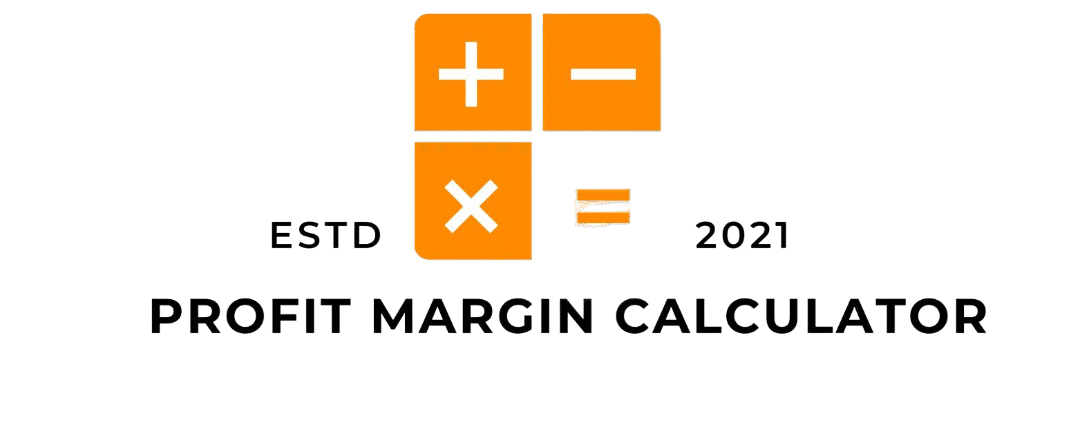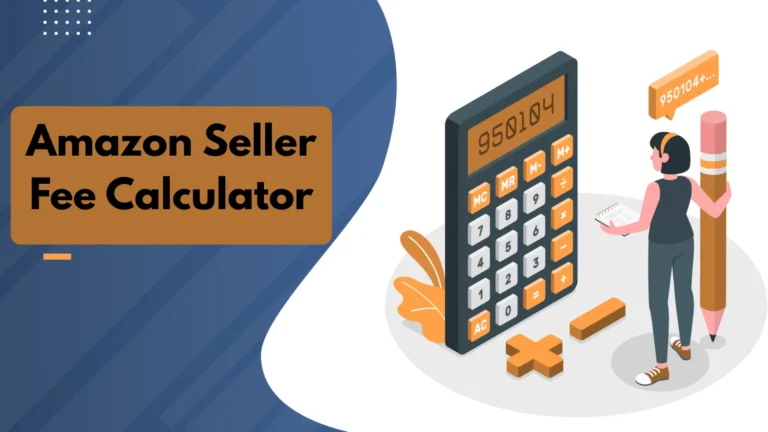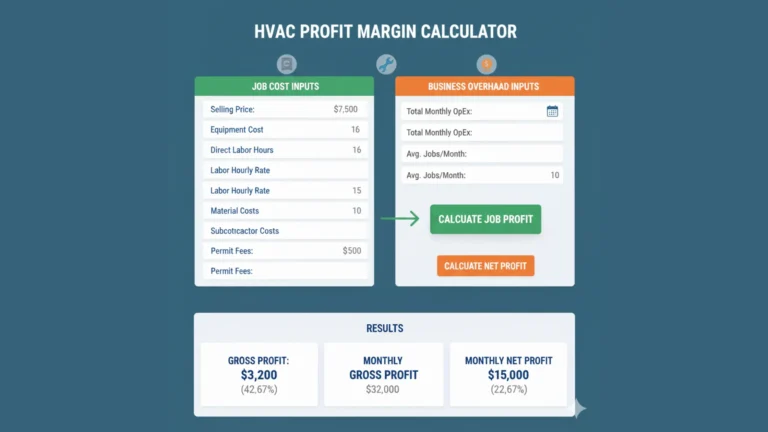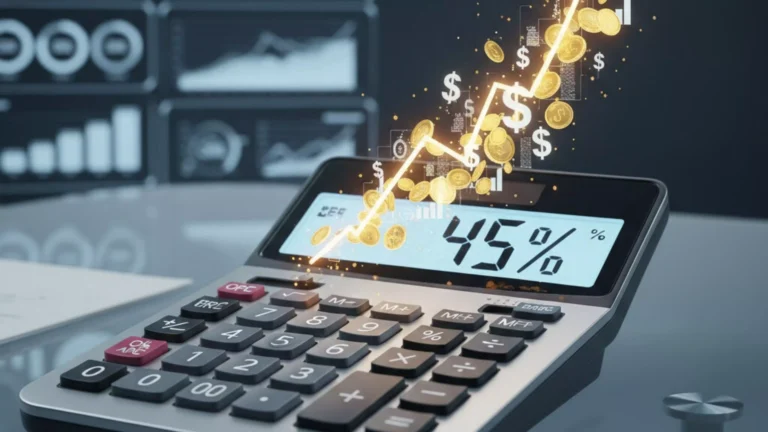Running a bar may seem straightforward: sell drinks, make money. But the truth is, profit can disappear faster than you realize. A slight over-pour, a costly cocktail recipe, or fluctuating supplier prices can quietly eat into your bottom line. That’s where a bar profit margin calculator comes in—it’s your secret weapon for pricing smartly, controlling costs, and boosting profitability.
Here’s everything you need to know about using a bar profit margin calculator effectively.
What is a Bar Profit Margin Calculator?
A bar profit margin calculator is a tool that helps you understand exactly how much you earn from each drink. It compares your selling price with the cost of ingredients, letting you see:
- Profit per drink
- Pour cost percentage
- Net margins
Most successful bars aim for a net profit margin between 10%–15% and a pour cost between 18%–24%. Using this calculator regularly ensures your pricing stays profitable, even as costs change.
How a Bar Profit Margin Calculator Works
At its core, the calculator uses a few simple formulas:
1. Calculate Drink Cost (COGS)
The cost of each drink is called the Cost of Goods Sold (COGS). It includes:
- Spirits, beer, or wine
- Mixers
- Garnishes
- Any additional ingredients
Example:
- Vodka (2 oz) from a £18 bottle
- Cost per ounce = £18 ÷ 25.36 oz = £0.71
- Vodka cost for 2 oz = £1.42
- Mixers & garnish = £0.40
- Total drink cost = £1.82
2. Determine Profit Per Drink
Profit = Selling Price – Drink Cost
Example: £7.50 – £1.82 = £5.68 profit
3. Calculate Profit Margin (%)
Margin % = (Profit ÷ Selling Price) × 100
Example: £5.68 ÷ £7.50 = 75.7% margin4. Calculate Pour Cost (%)
Pour Cost % = (Drink Cost ÷ Selling Price) × 100
Example: £1.82 ÷ £7.50 = 24.3% pour cost
Lower pour cost is better—aim for 18–24% on most drinks.
Why a Bar Profit Margin Calculator Matters
Profit isn’t just about selling drinks; it’s about knowing which drinks make money, controlling waste, and setting prices that work. The calculator helps you:
- Price drinks correctly
- Compare cocktails, beer, and wine
- Detect over-pouring and waste
- Forecast revenue
- Adjust for supplier price changes
- Improve menu profitability
Step-by-Step: Using a Bar Profit Margin Calculator
- Enter Ingredient Costs
Include all spirits, mixers, and garnishes, broken down per ounce or unit. - Add Drink Volumes
Use standardized recipes for consistency. - Set Selling Price
Enter the current or proposed menu price. - Check Pour Cost & Margin
Compare against industry benchmarks:
- Pour cost: 18–24%
- Profit margin: 70–80% per drink
- Net margin: 10–15%
- Adjust Pricing If Needed
Raise prices, tweak recipes, control waste, or negotiate supplier deals.
Bar Profit Margin Benchmarks
| Drink Type | Typical Pour Cost | Typical Profit Margin | Notes |
|---|---|---|---|
| Spirits | 15–22% | 70–85% | High-margin items |
| Cocktails | 18–26% | 65–80% | Depends on recipe |
| Draft Beer | 20–30% | 60–75% | Waste affects margins |
| Bottled Beer | 24–34% | 55–70% | Easy to manage |
| Wine by Glass | 18–24% | 70–85% | Highly profitable |
Tips to Boost Bar Profit Margins
- Tighten Pour Control
Train staff, use jiggers, and integrate POS pour systems. - Offer Signature Cocktails
High-margin drinks can increase profits by 30–40%. - Use Seasonal Menus
Rotate specials to sell slow-moving inventory at premium prices. - Negotiate Supplier Deals
Bulk discounts, free POS materials, or alternative brands save money. - Optimize Menu Layout
Highlight high-margin items, place them strategically on your menu.
Quick Formulas for Bar Profit Margins
Drink-Level Margin:
Margin % = ((Selling Price - Drink Cost) / Selling Price) × 100
Pour Cost:
Pour Cost % = (Drink Cost / Selling Price) × 100
Net Margin (After Expenses):
Net Margin % = ((Revenue - COGS - Operating Expenses) / Revenue) × 100
FAQs About Bar Profit Margins
Q: What is a good profit margin for a bar?
A: 10–15% net profit is ideal, with 70–80% per-drink margins.
Q: What is pour cost?
A: It’s the percentage of the drink price that goes toward ingredients.
Q: Why do bars fail financially?
A: Over-pouring, poor inventory management, and high operating expenses.
Q: Should I price cocktails higher than beer?
A: Yes, signature cocktails often carry higher margins.
Q: How does inventory affect profits?
A: Even 5% inventory loss due to waste or theft can reduce profits significantly.
Conclusion
A bar profit margin calculator is more than just numbers—it’s a tool to keep your business profitable, control costs, and optimize pricing. With the right approach, consistent recipes, and regular margin checks, your bar can stay profitable even when costs fluctuate.




